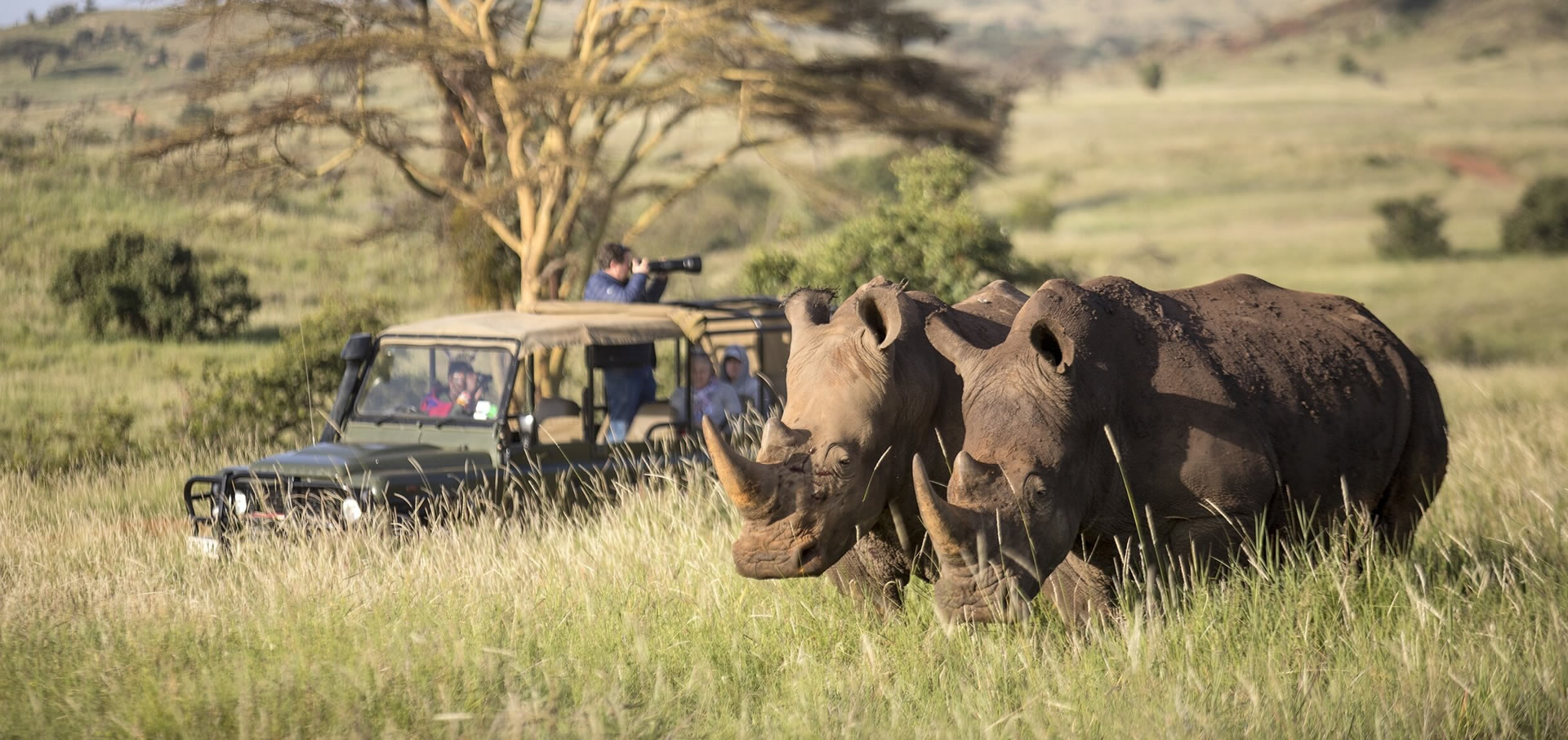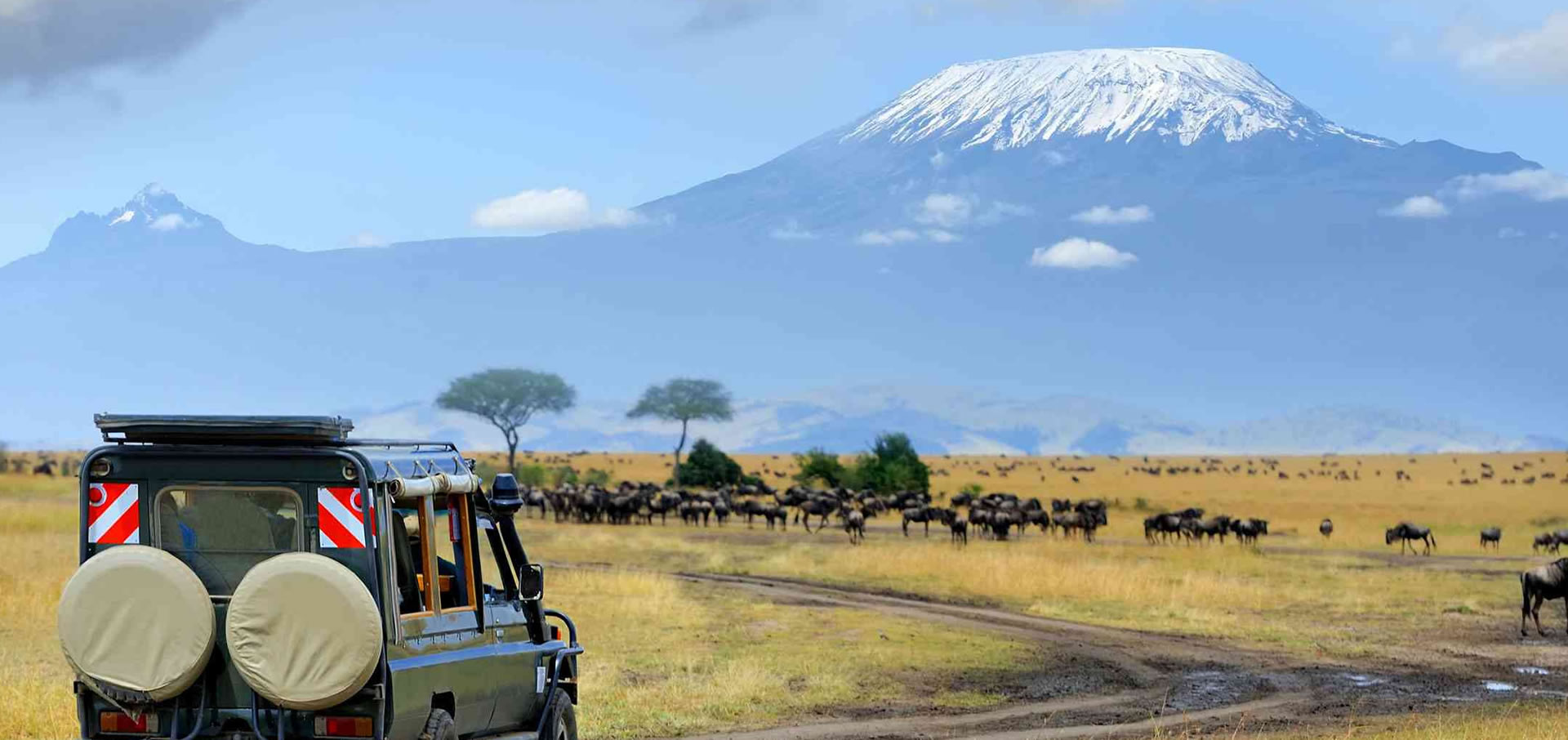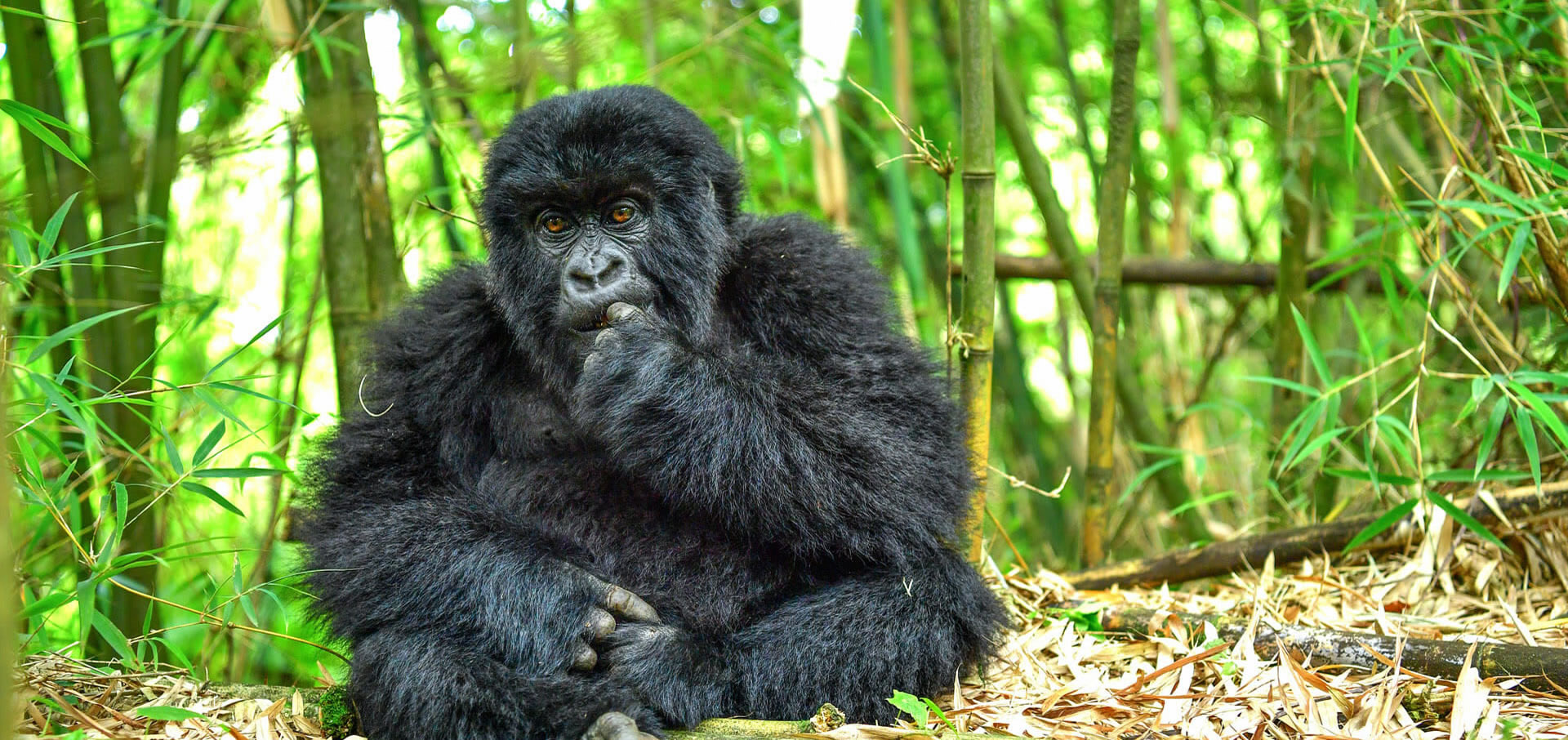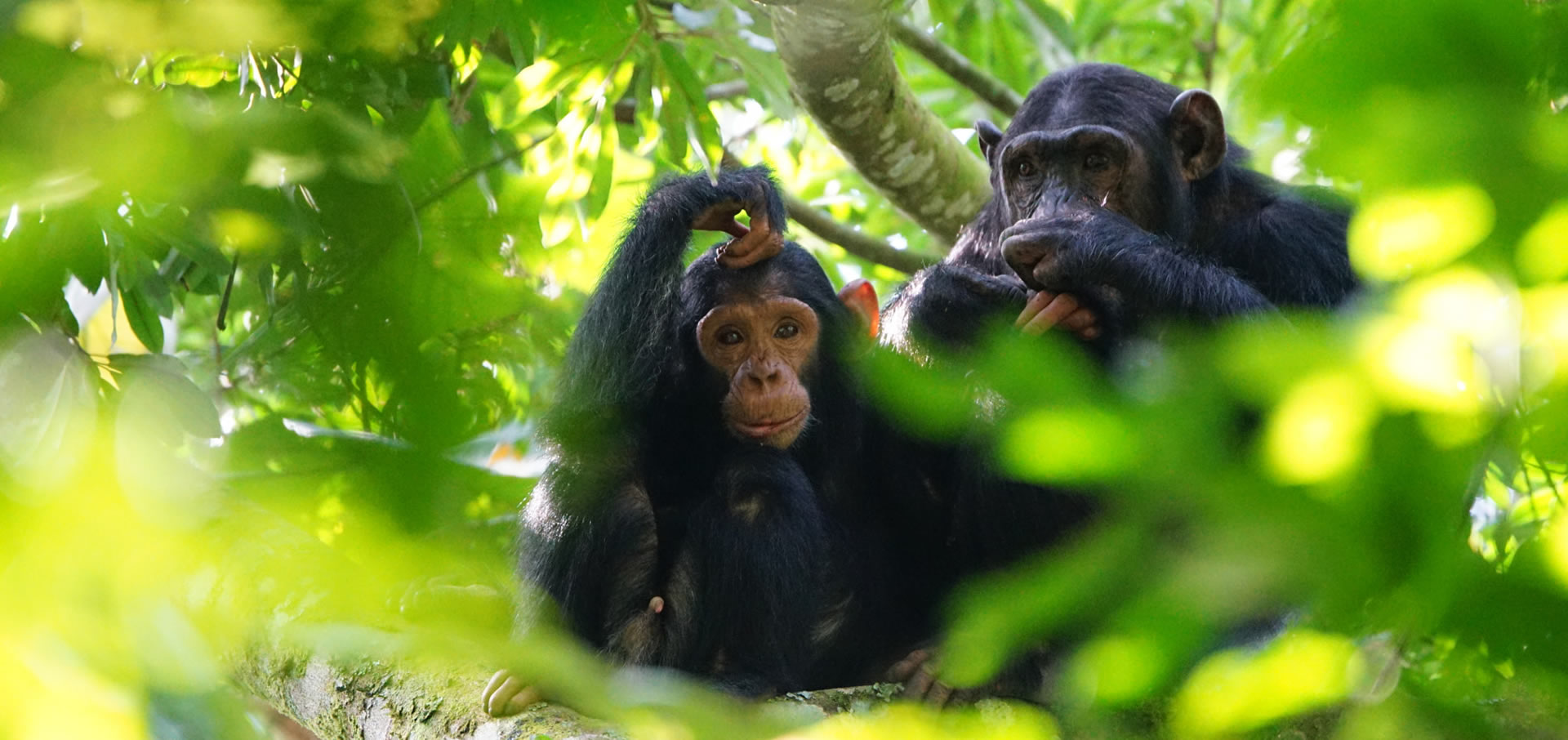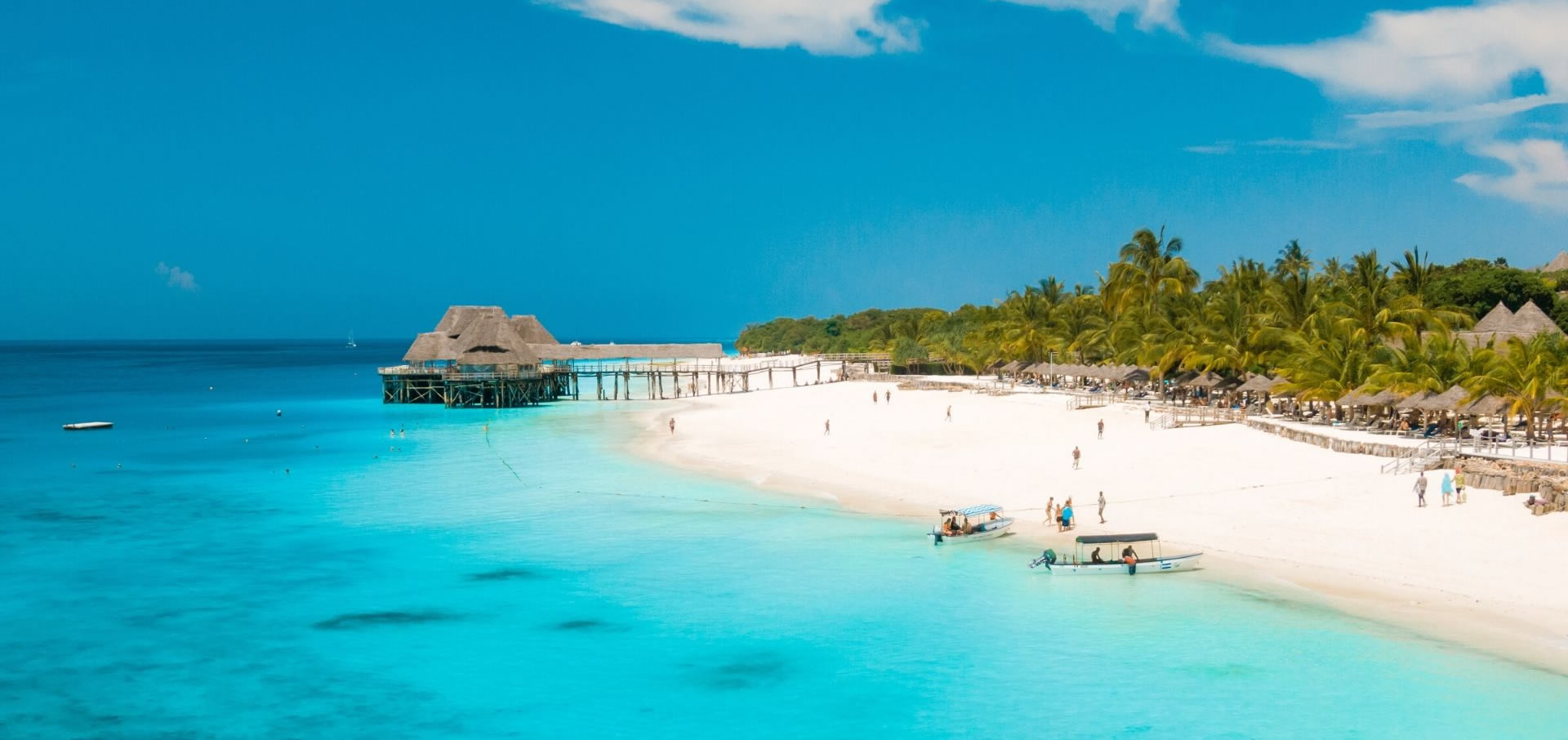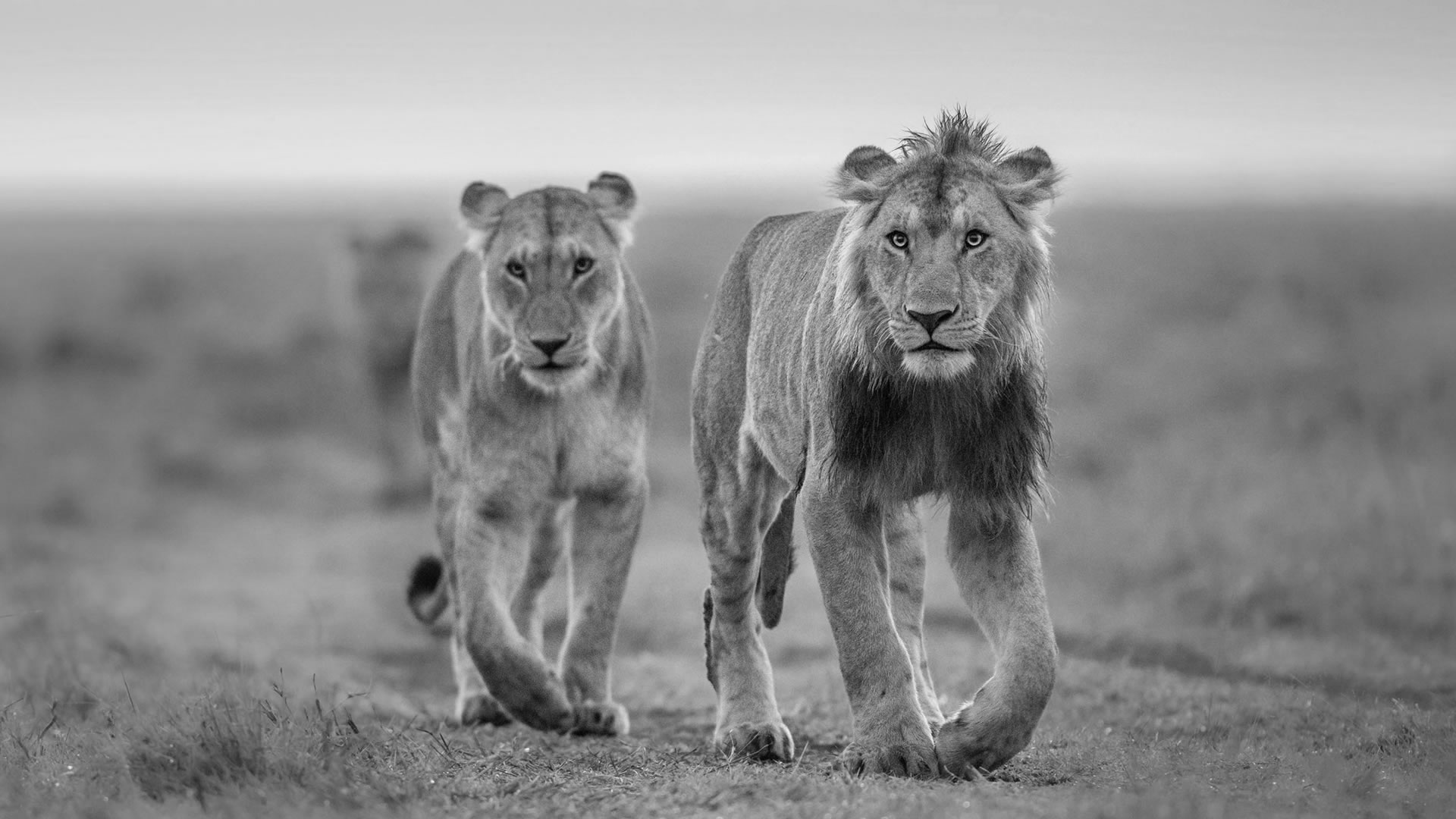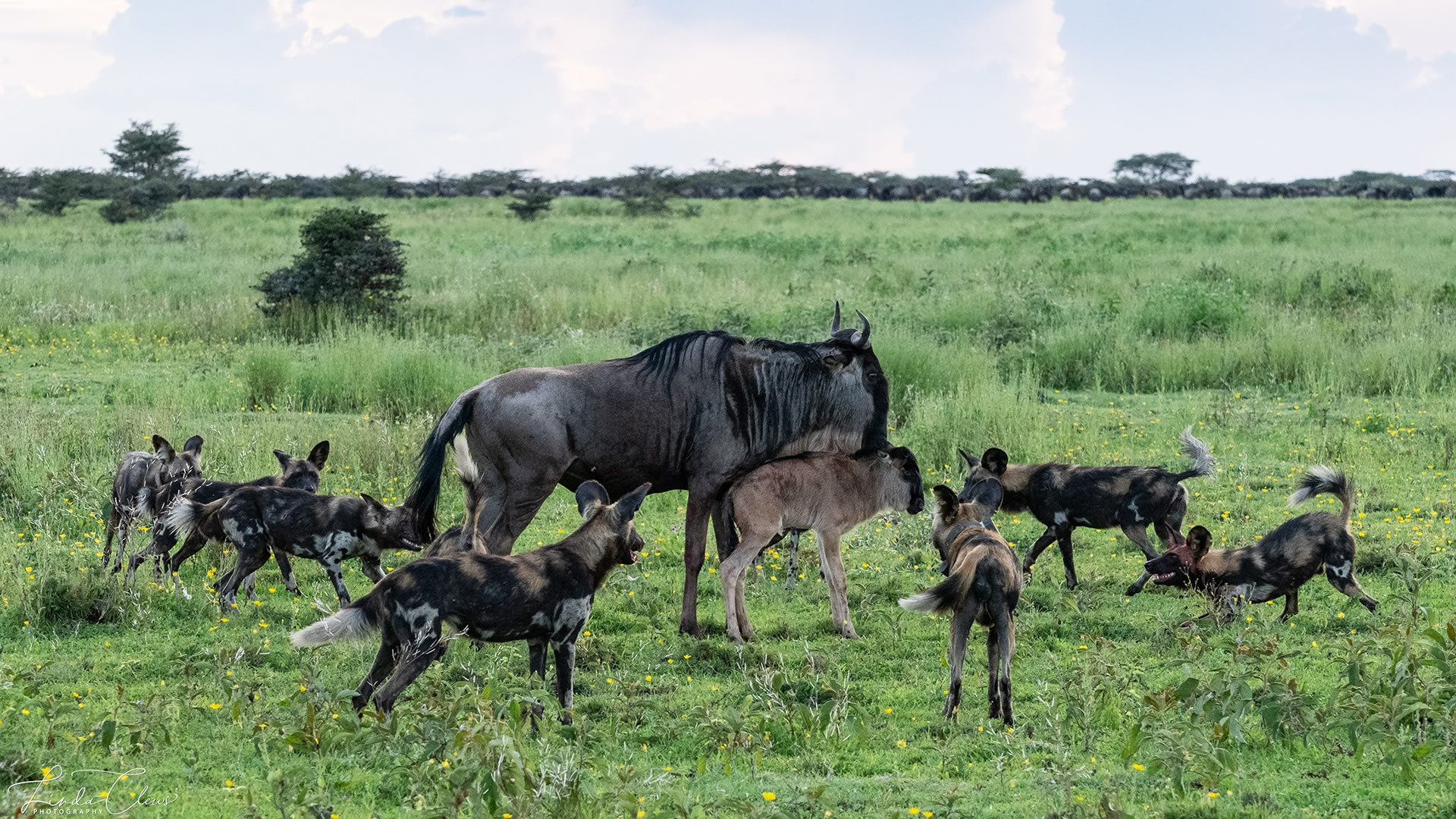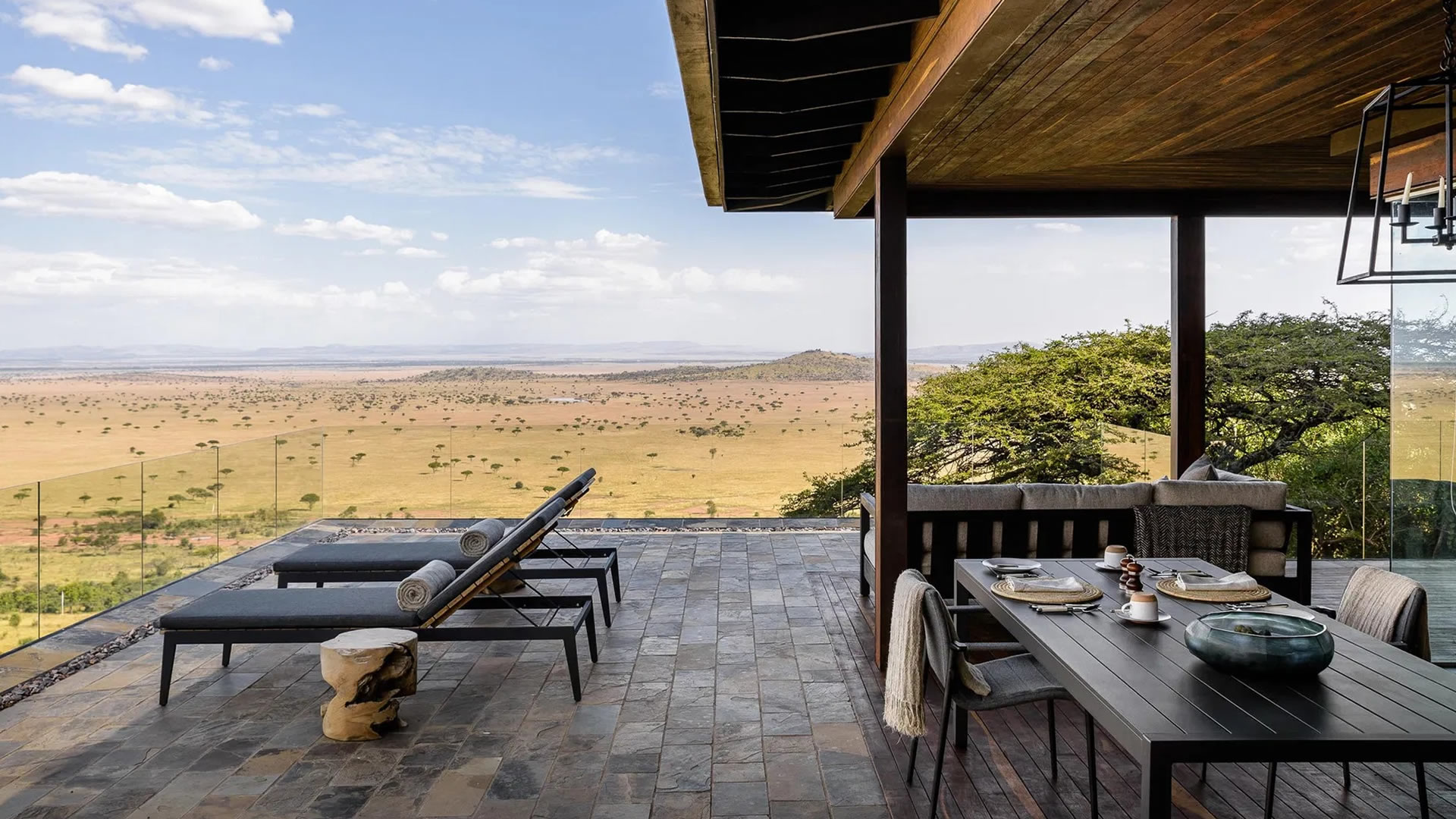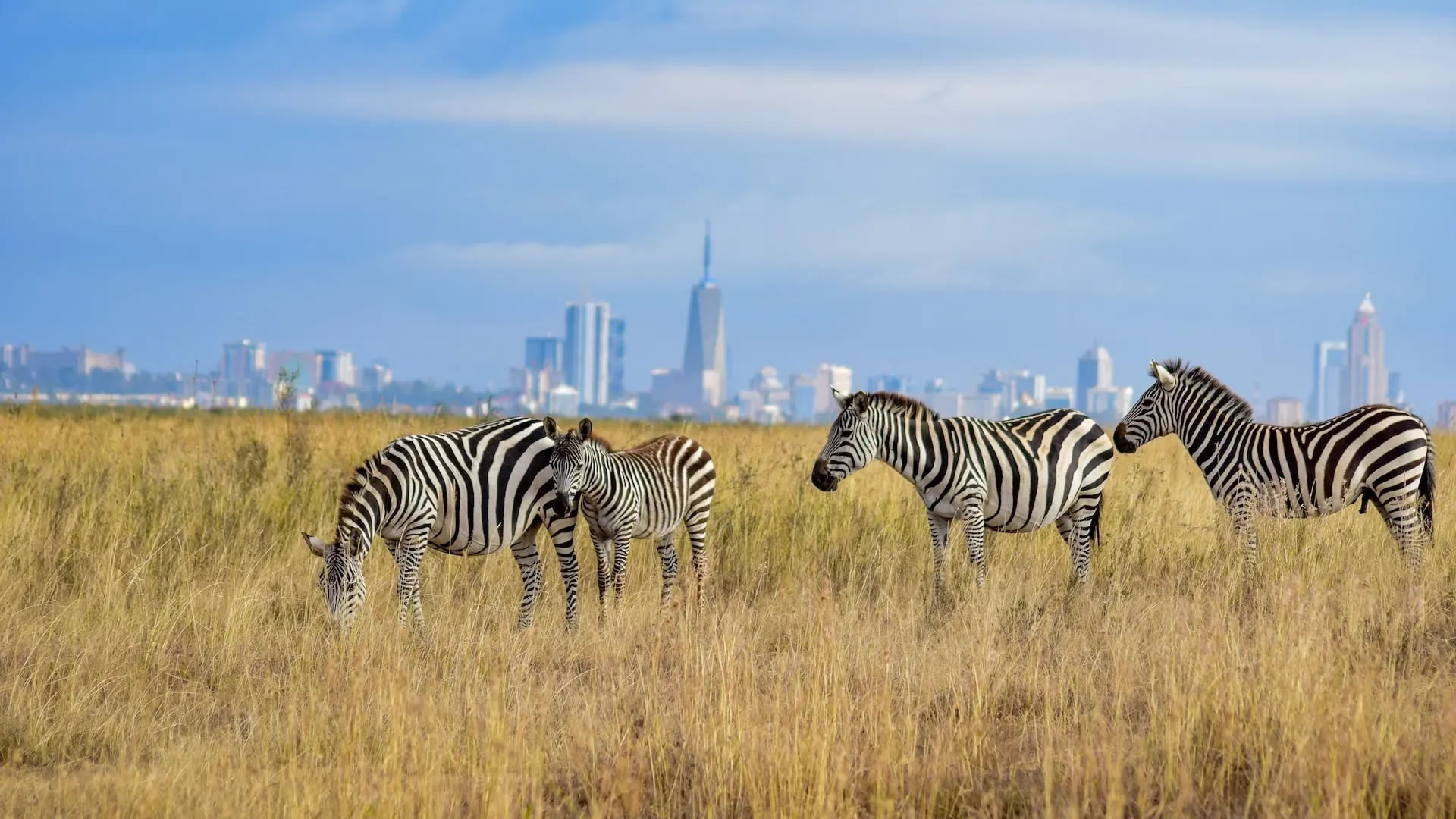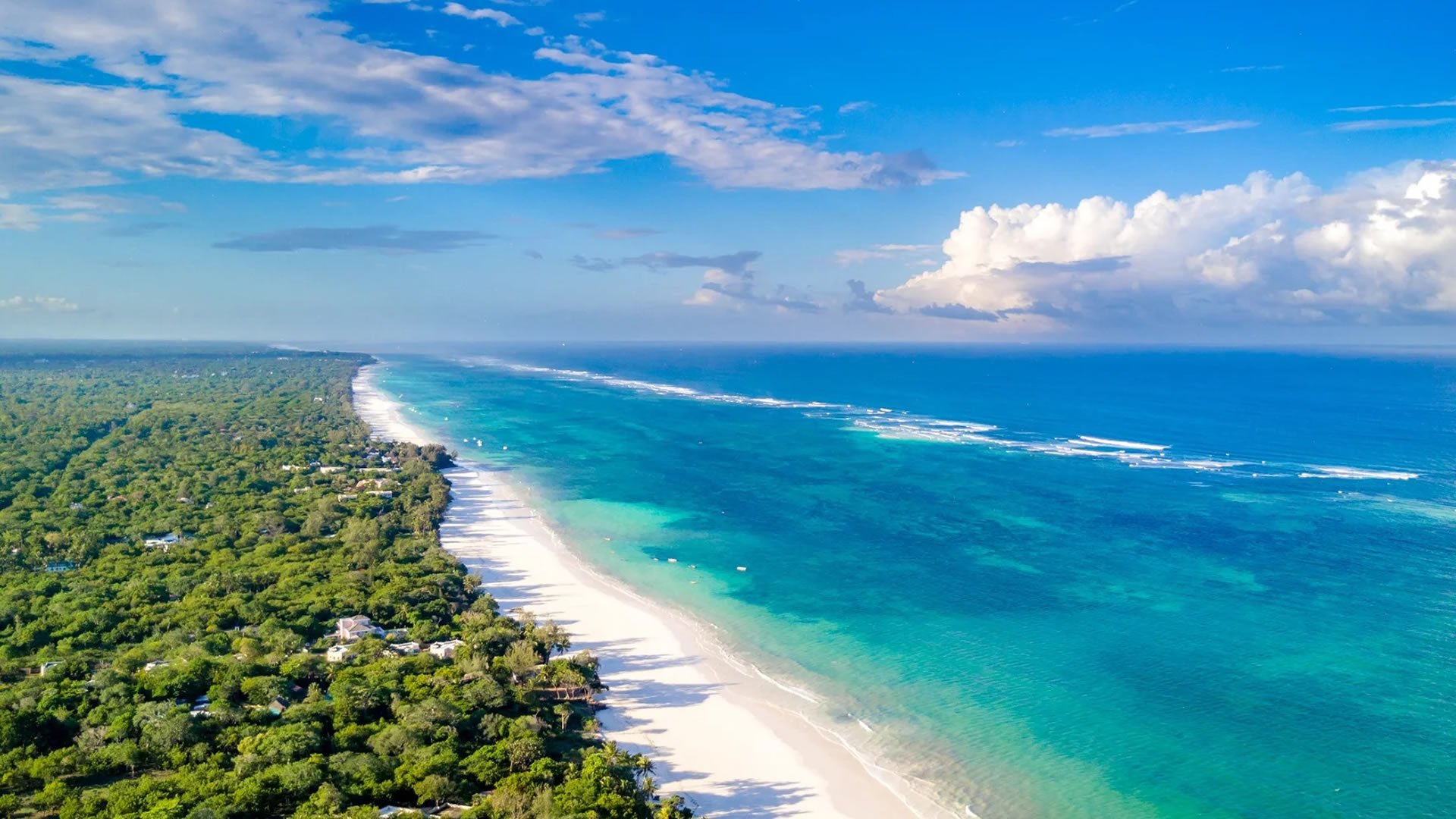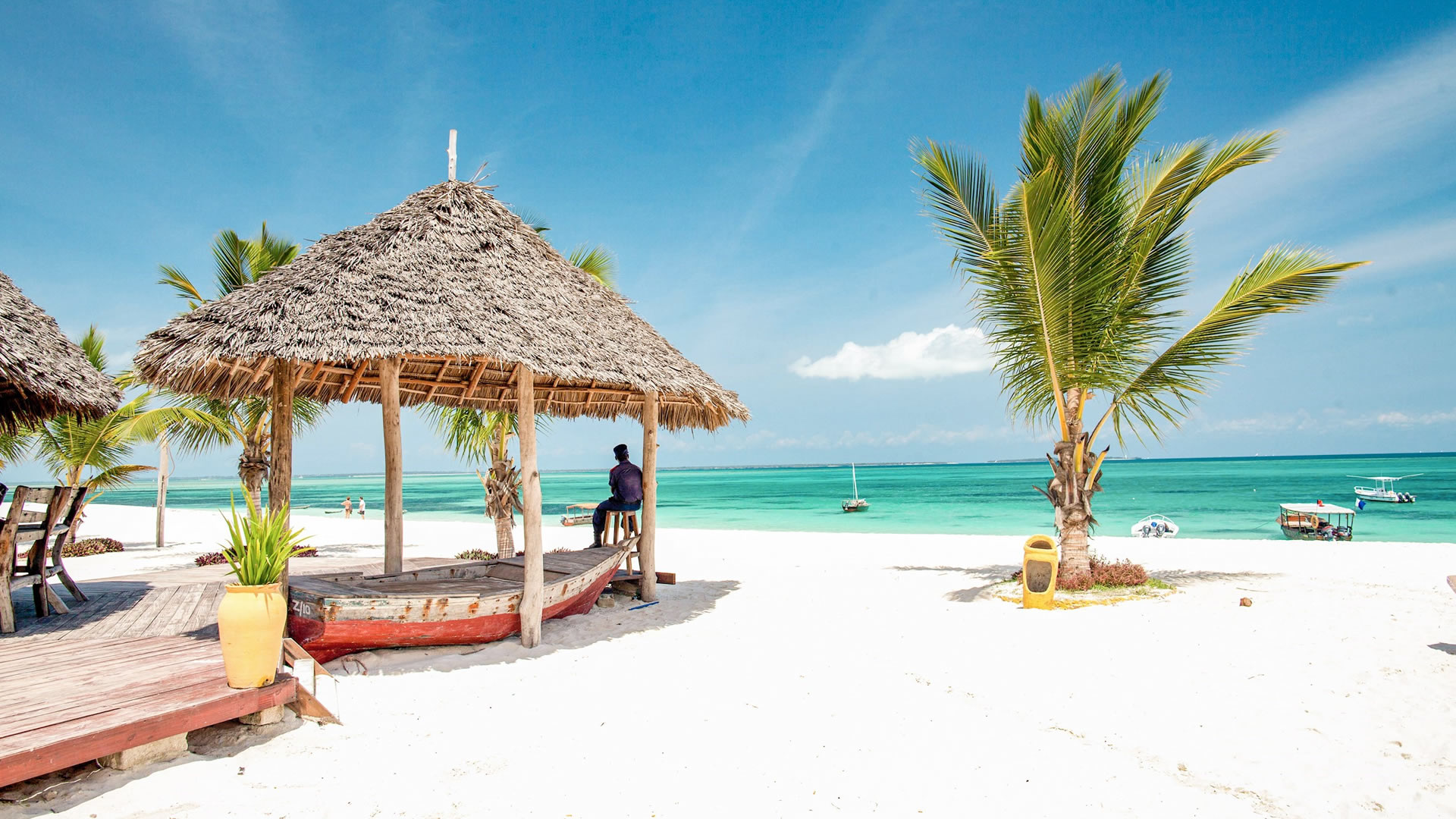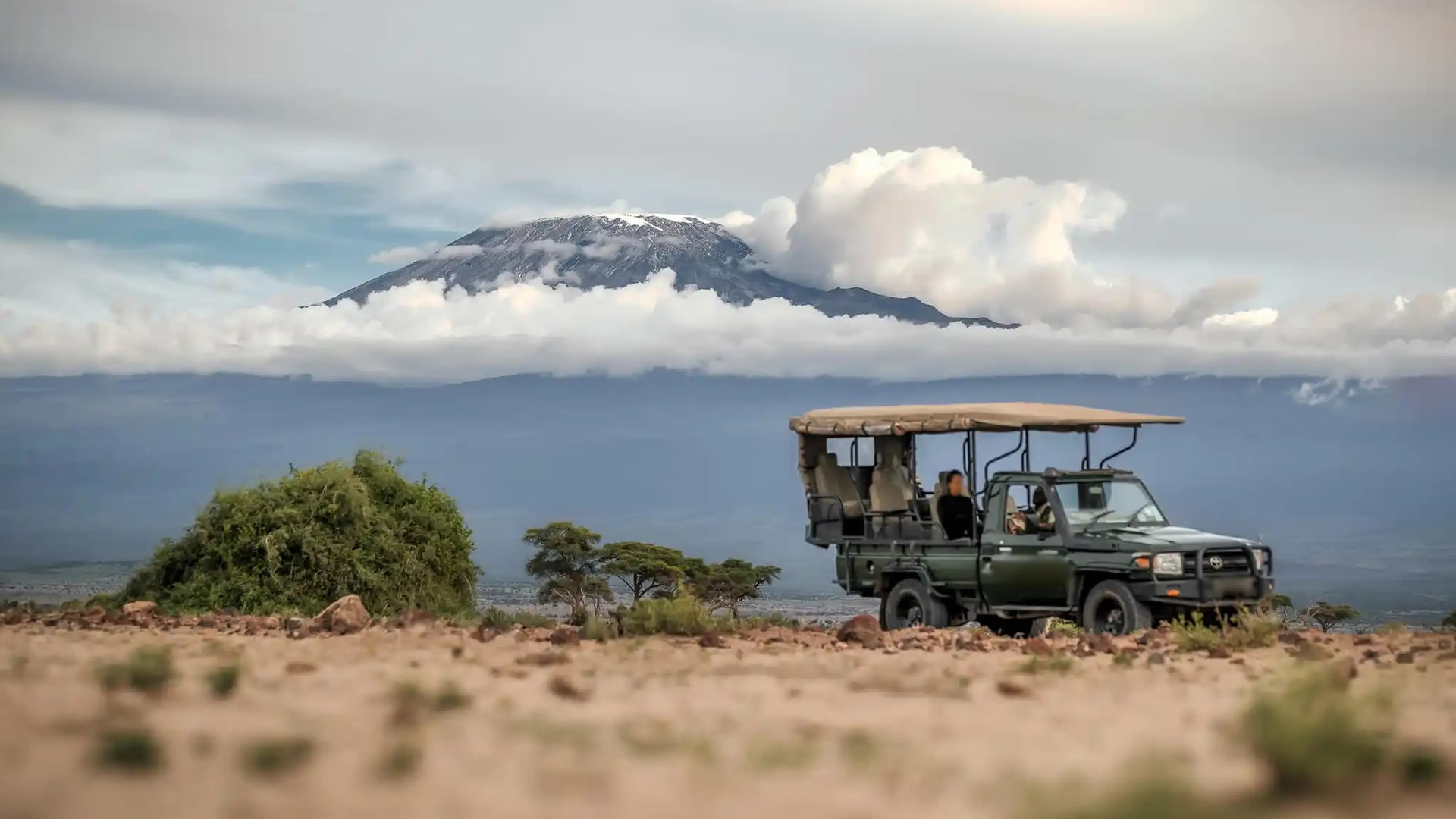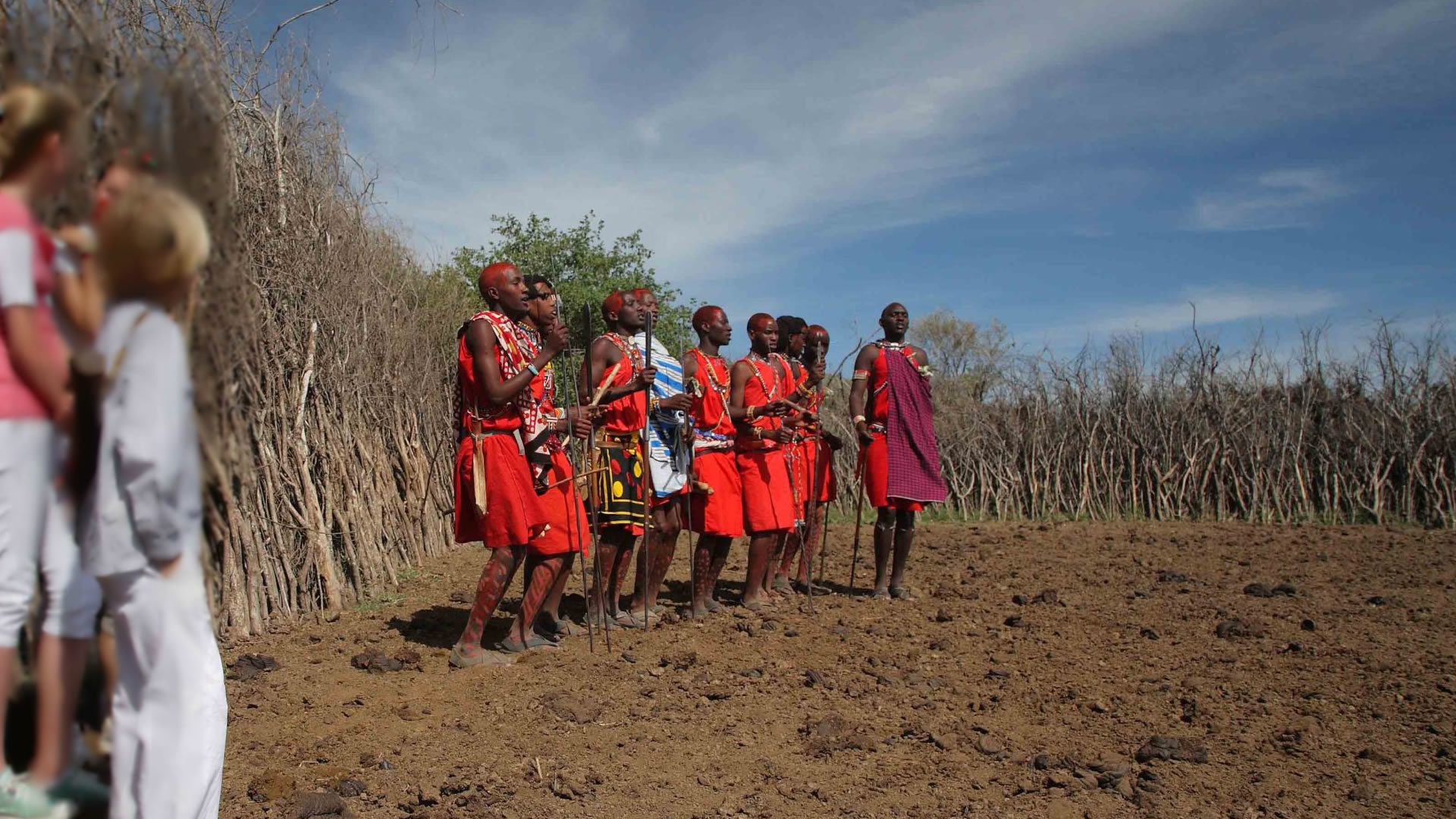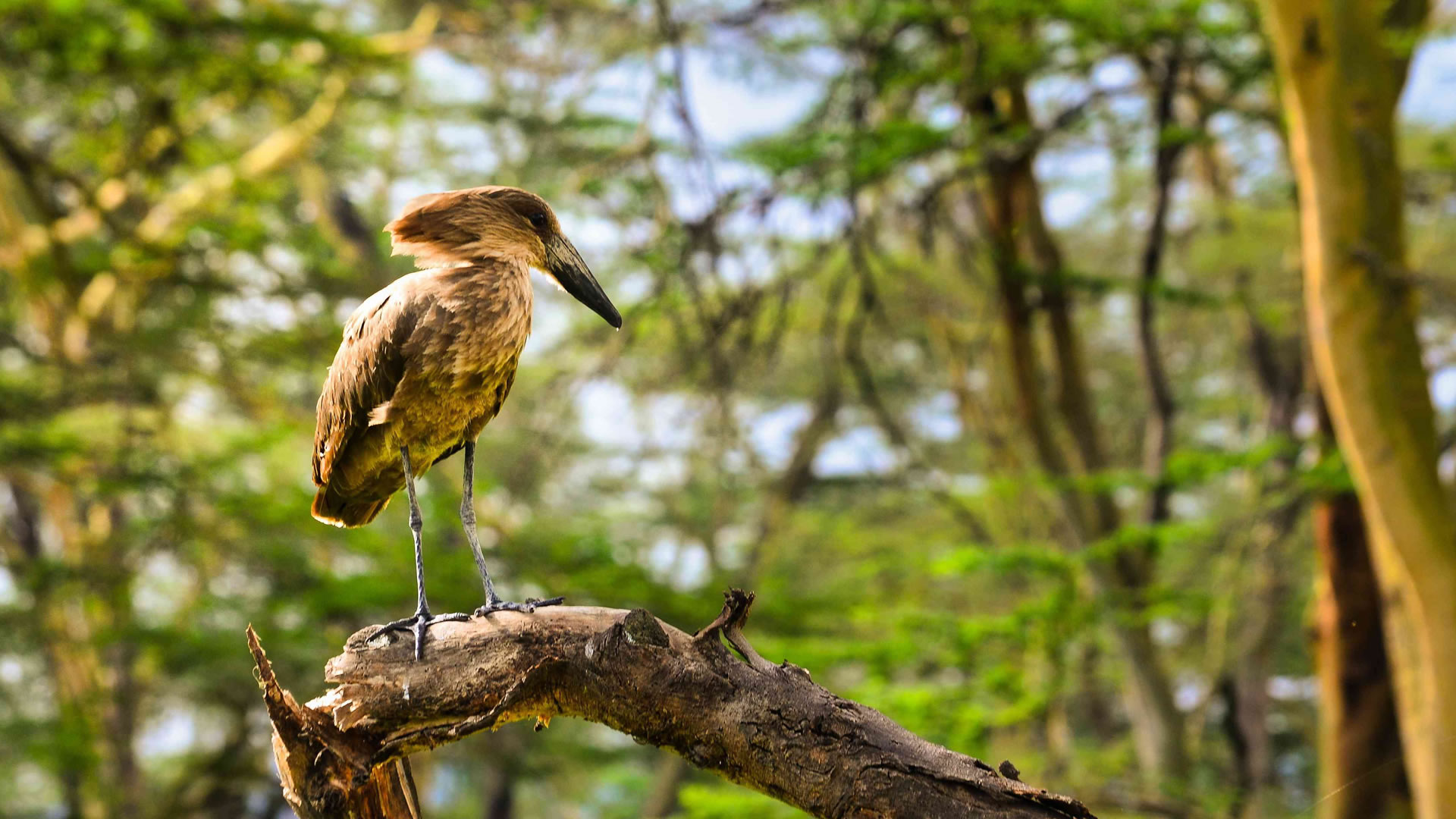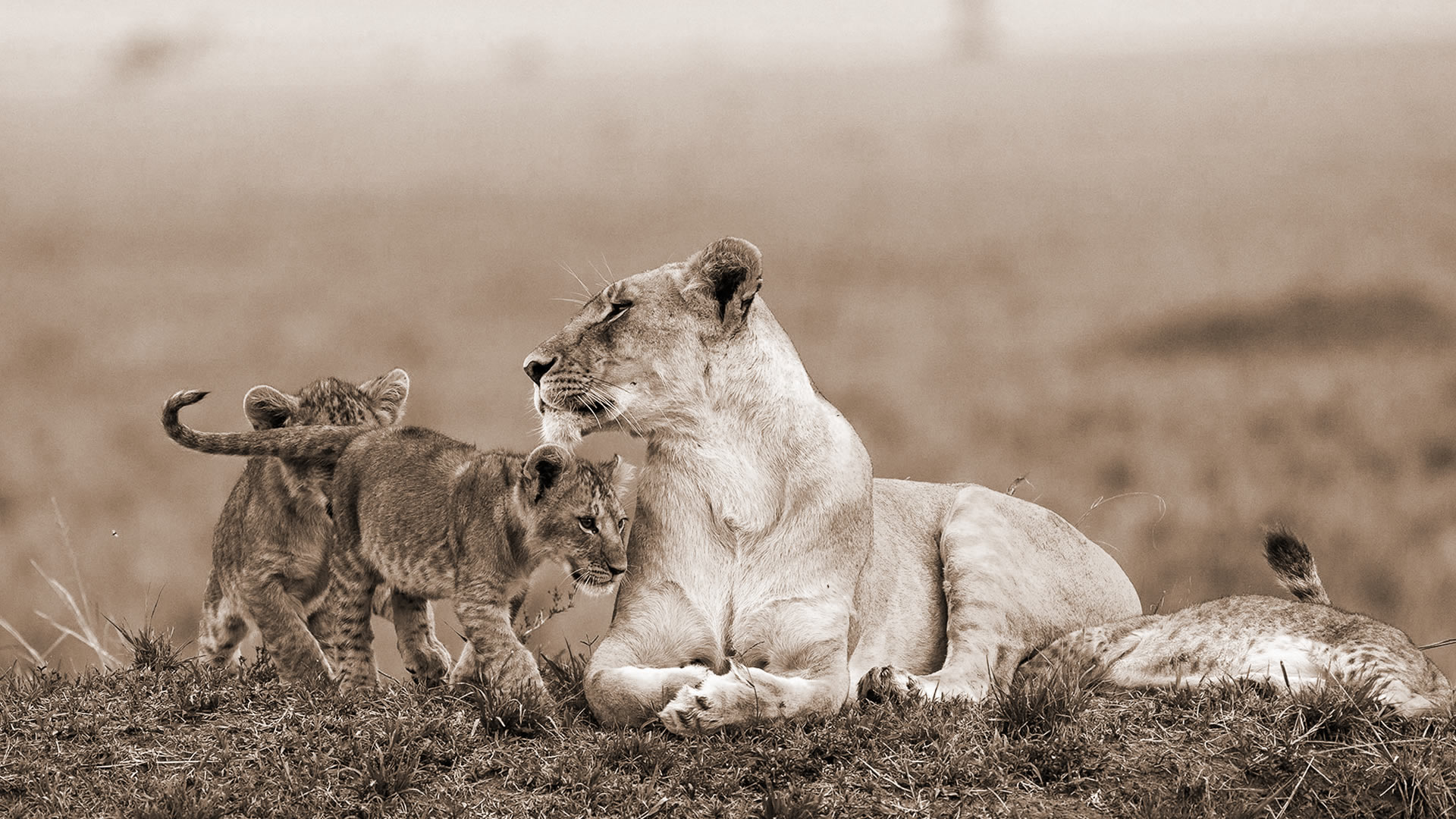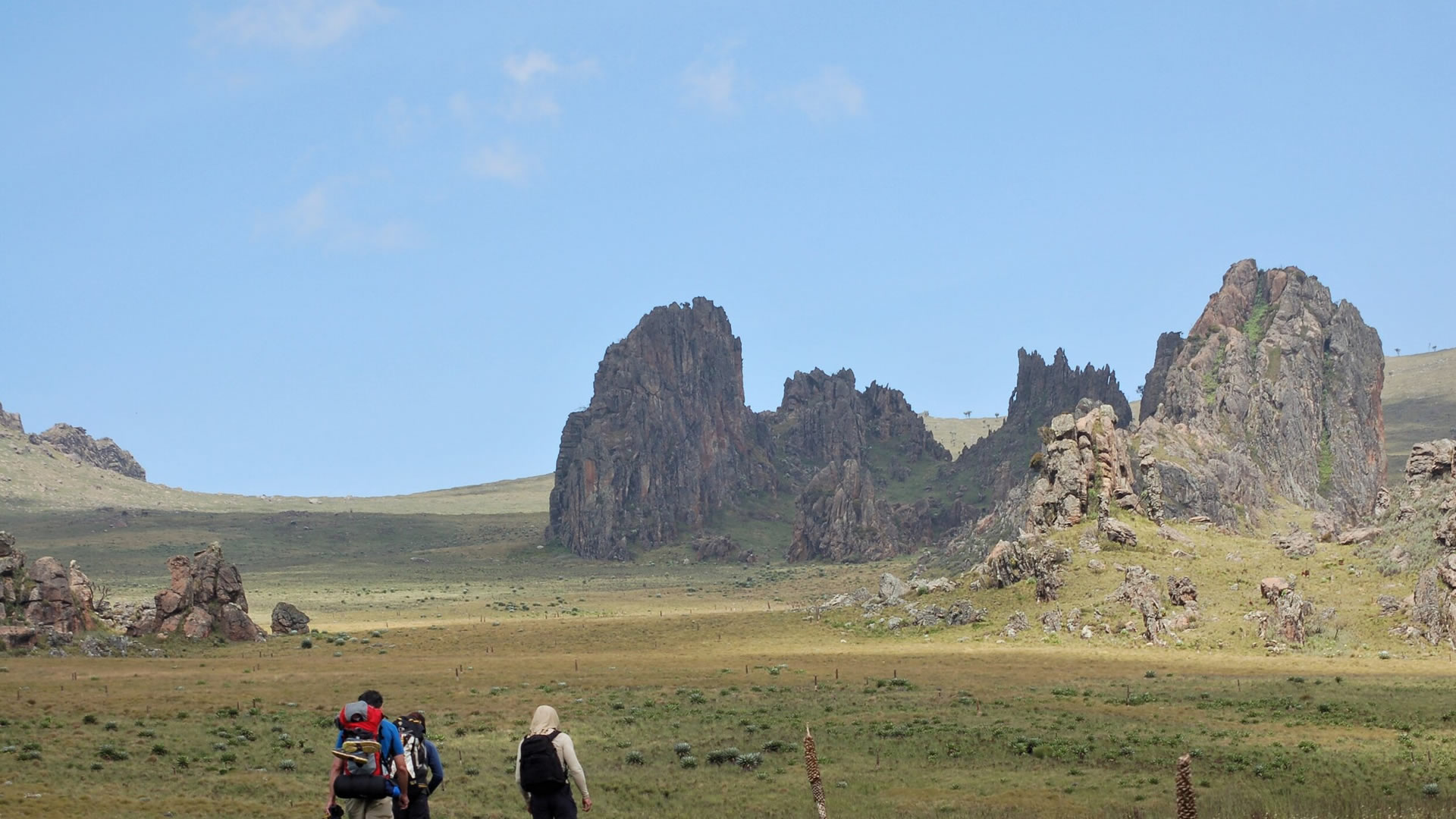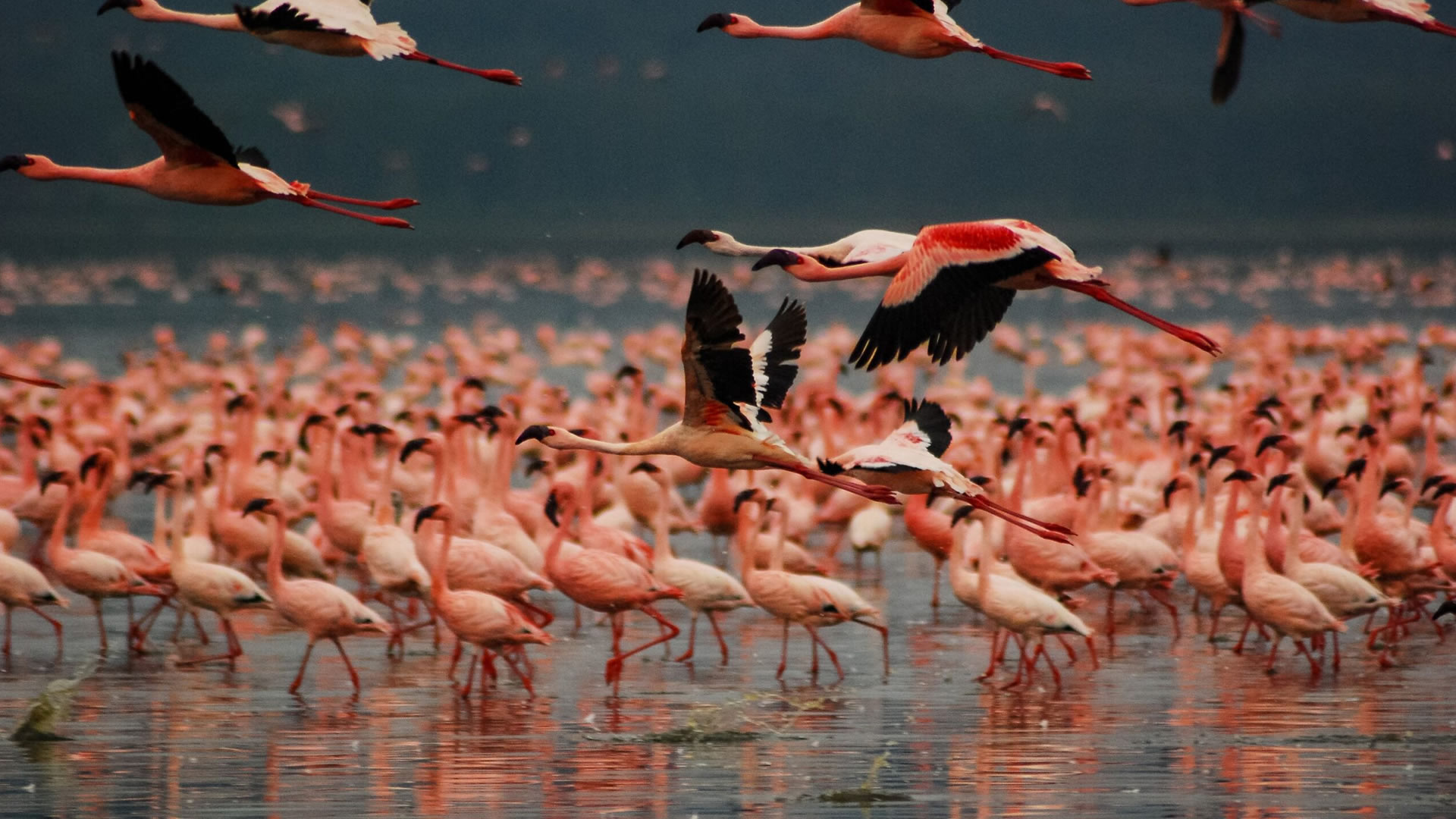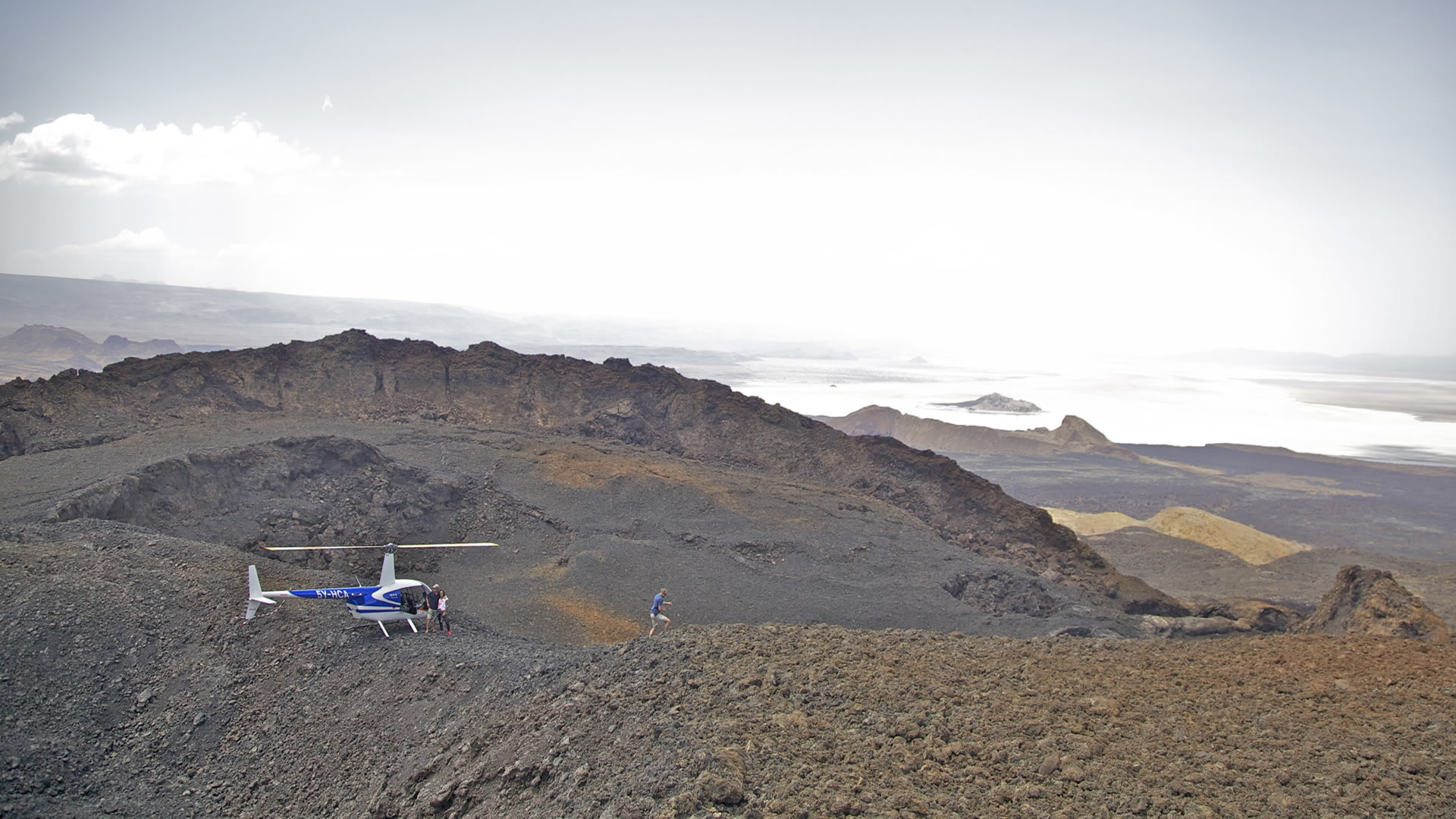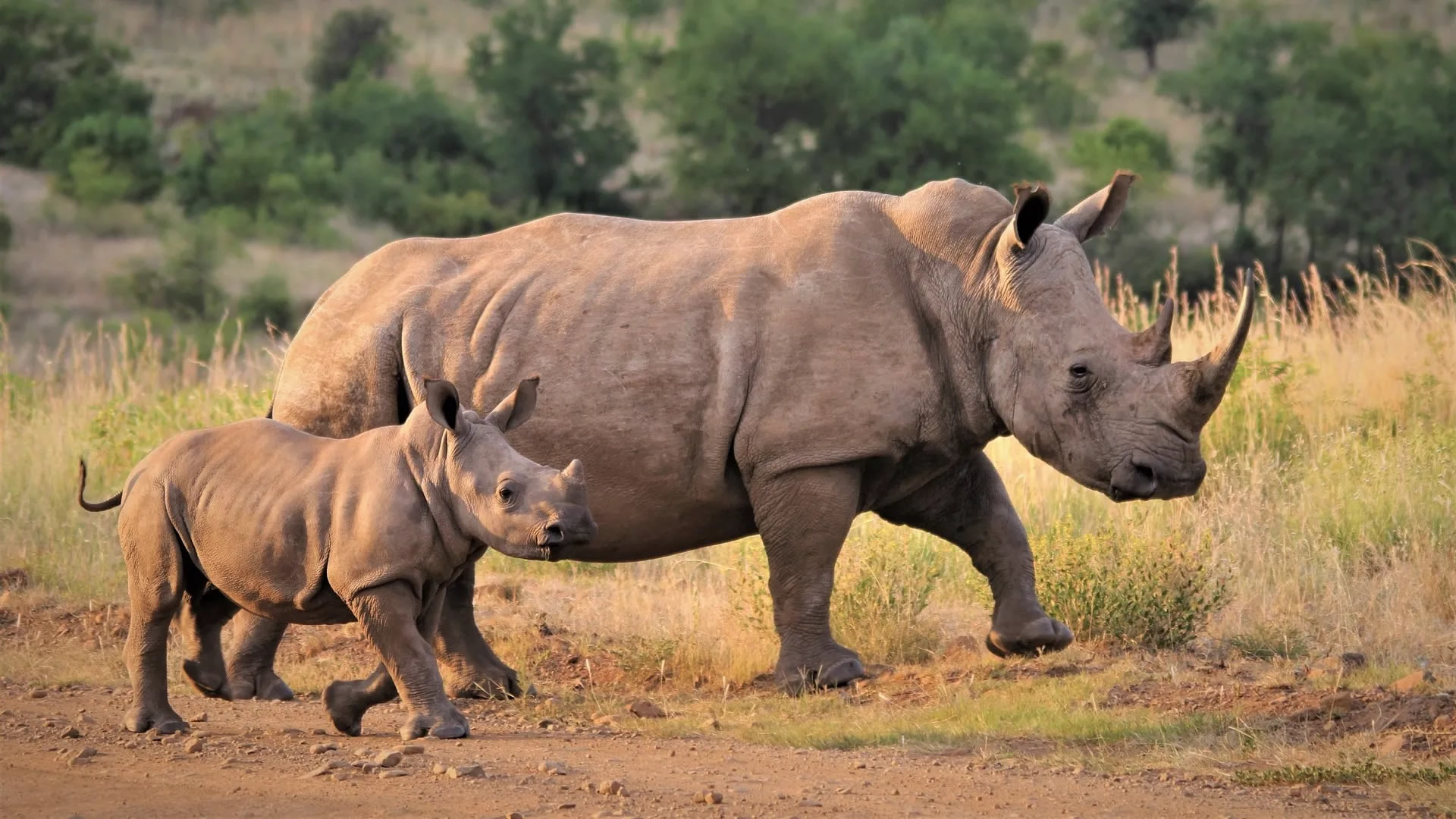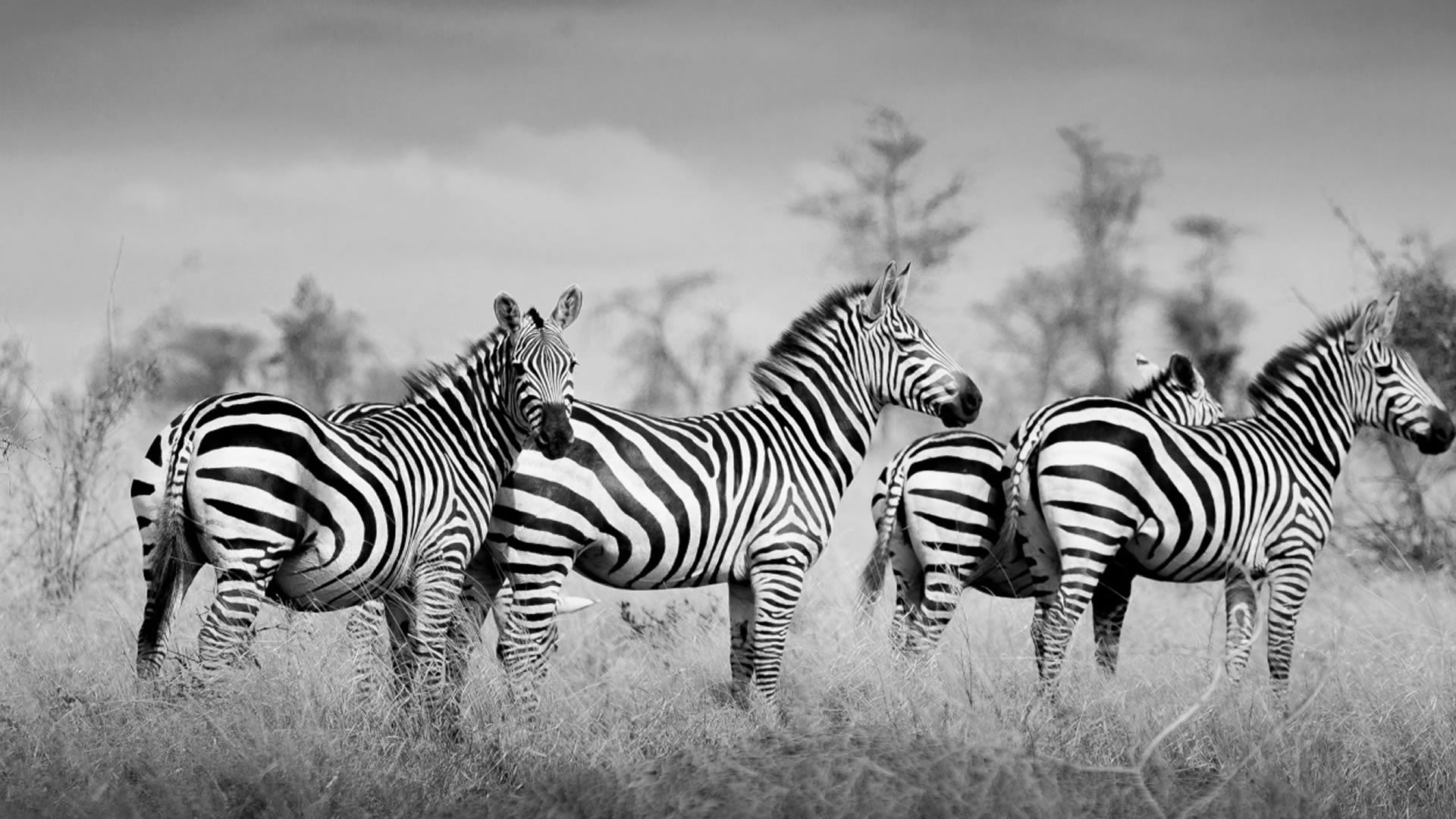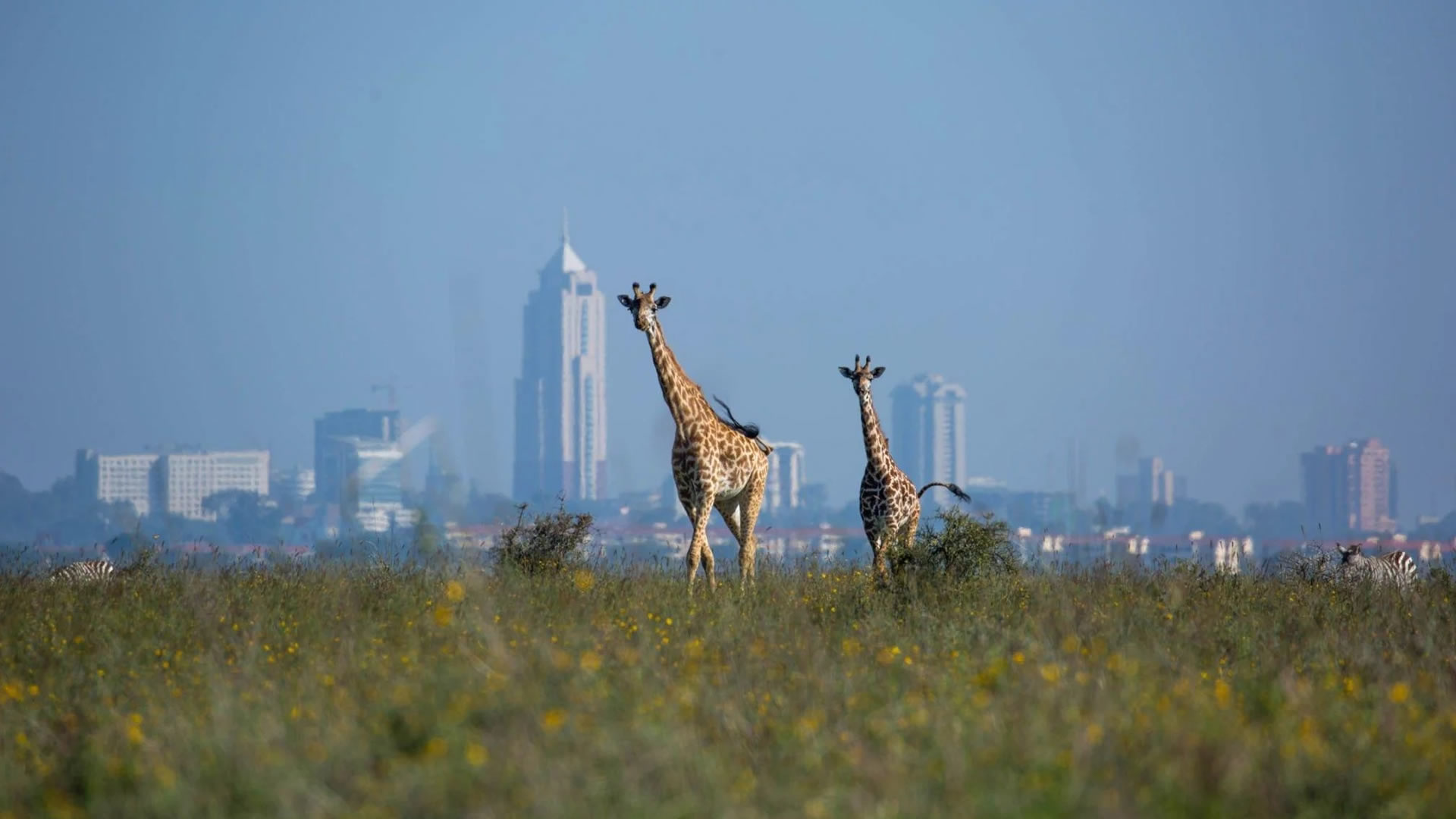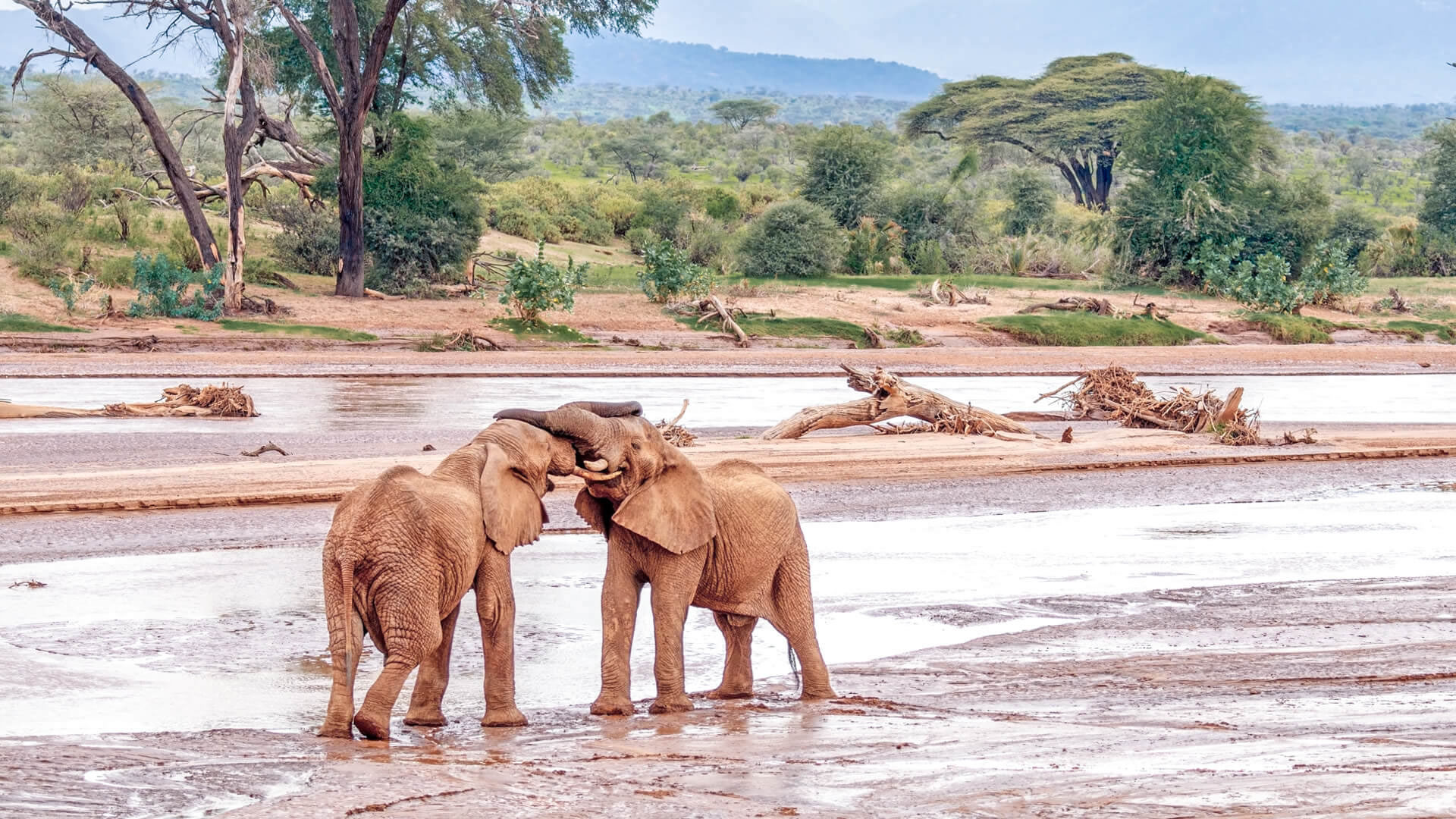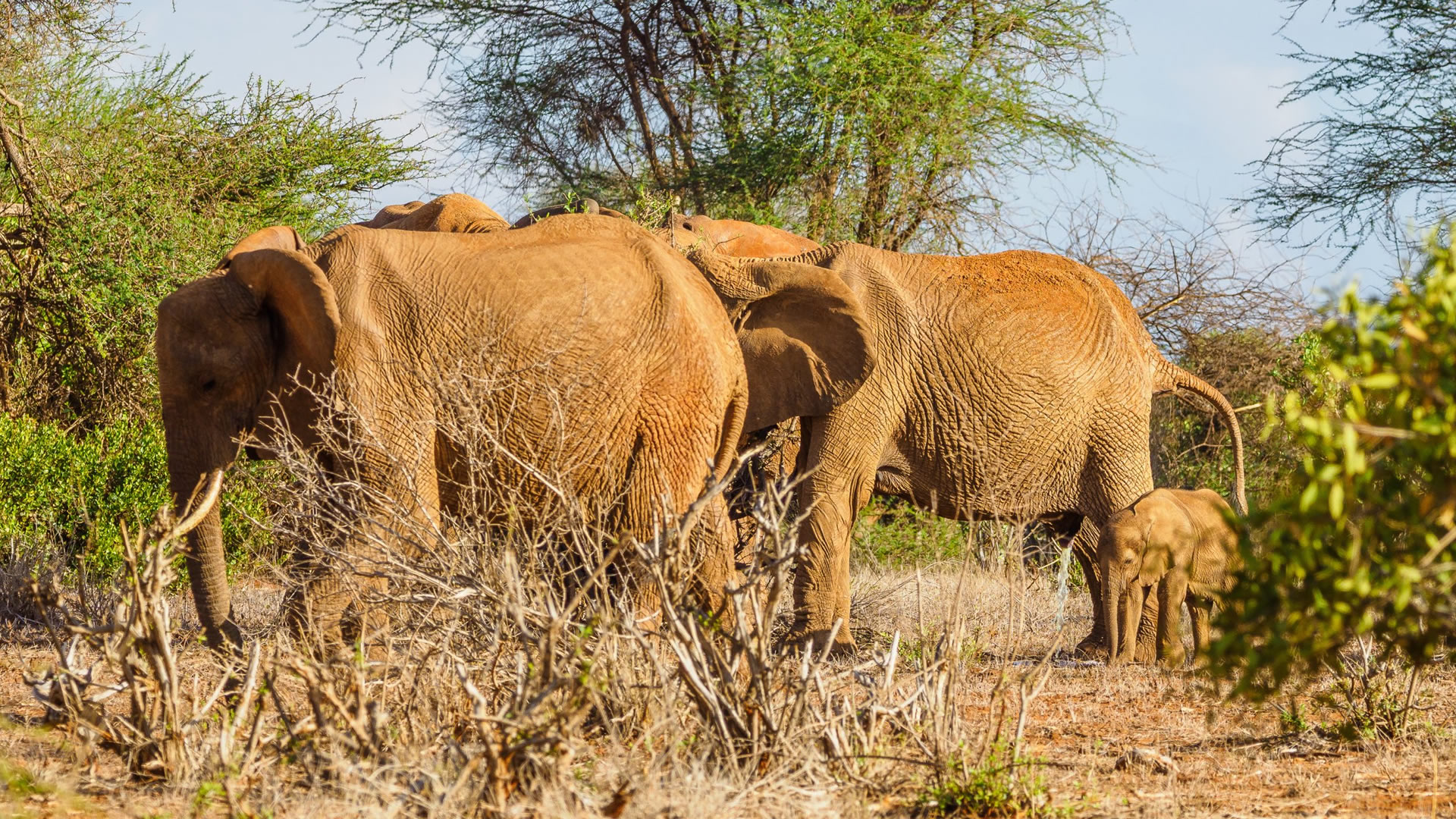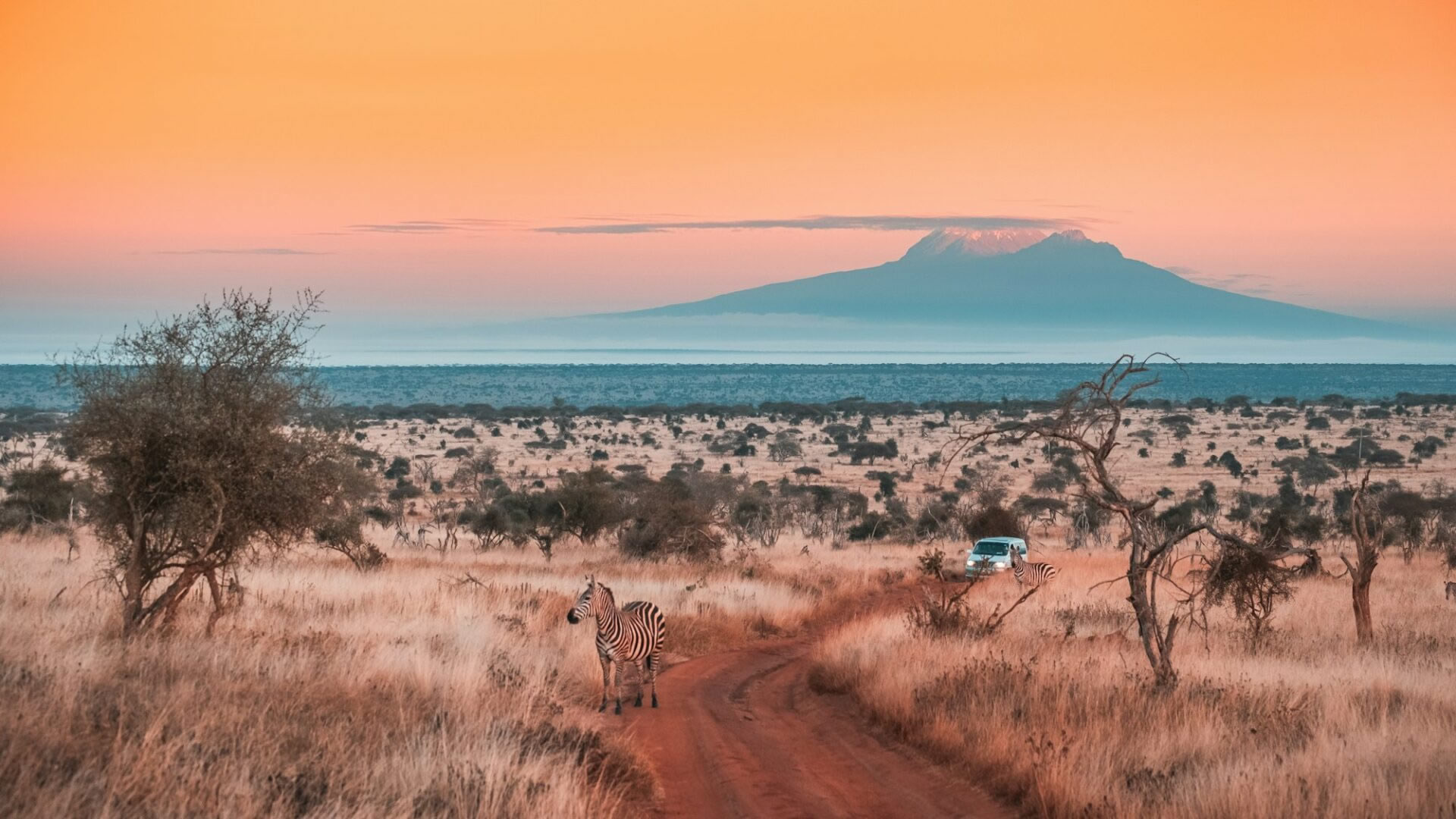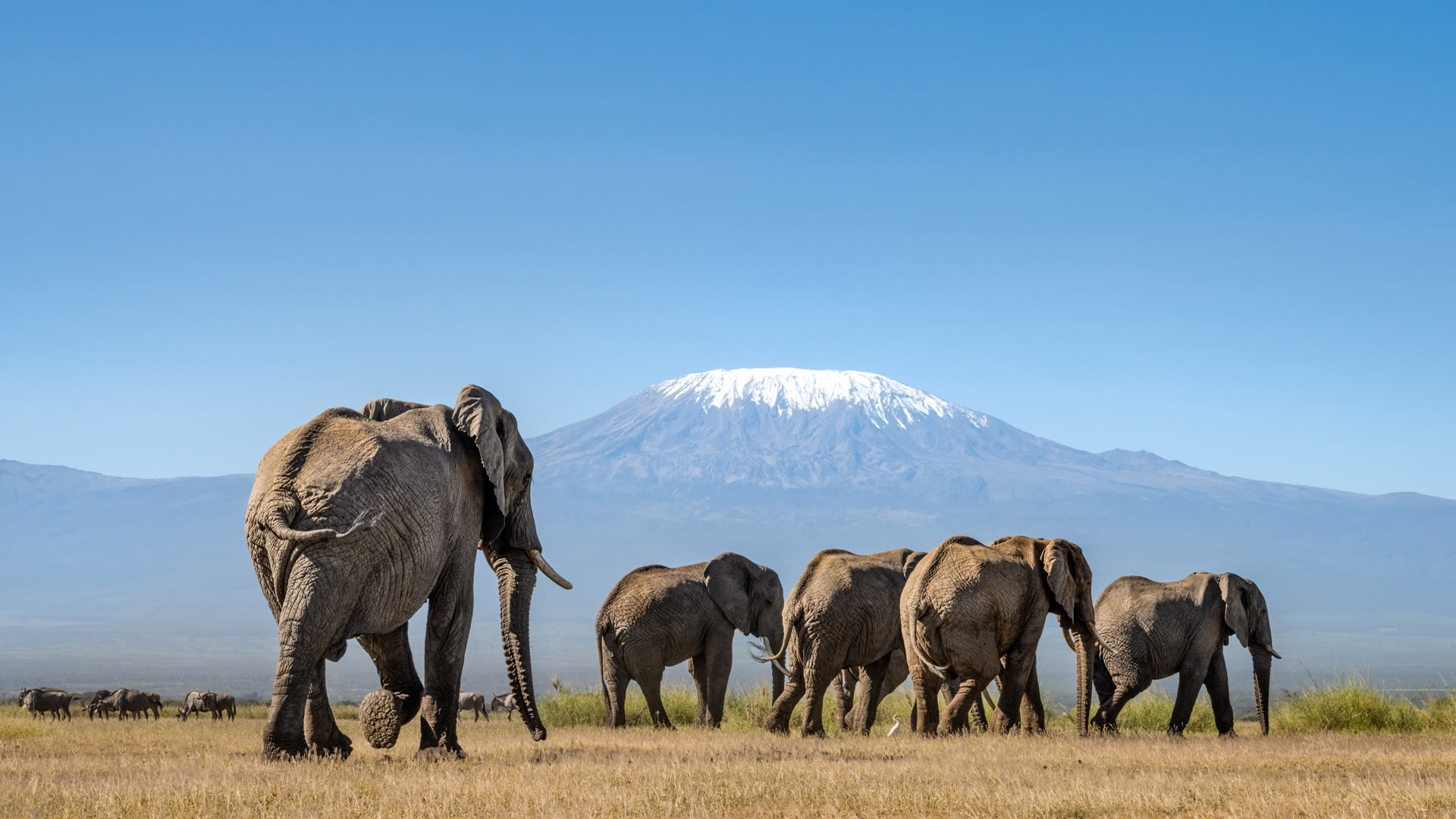
Amboseli National Park
“Home of the African Elephant"
Amboseli National Park is dubbed the “Home of the African Elephant”. The park covers 8000 sq km(3100 sq mil) in Kajiado County. Amboseli gets its name from the Maasai language as Empusel ( meaning salty and dusty place). It is famous for its large herds of elephants and is the best place to get close to free-ranging elephants worldwide. The park offers spectacular views of African wildlife due to the sparse vegetation, especially during dry months.
Amboseli Park has five distinct wildlife habitats: Swamps, Marshes, Yellow-barked Acacia Woodlands, Rocky Thornbush and Lava-strewn. These habitats create plenty of picturesque landscapes with the highest mountain in Africa, “Mount Kilimanjaro”, on the backdrop. Amboseli has approximately 1000 elephants, making it a paradise for African elephants and thus attracting vast numbers of tourists each year. During a single morning game drive, you will likely encounter some, if not all, the “ Big Five” (Elephant, Lion, Leopard, Black Rhino and Buffalo). Over 400 bird species are recorded in Amboseli, making it a top destination for birdwatching lovers.

The Amboseli National Park Highlight:
Massive Elephant Populations
Experience the Amboseli National Park
Amboseli National Park is one of Kenya’s safari icons, a world of big-tusked elephants and big cats (lions, and sometimes cheetahs), all set against the backdrop of Africa’s highest mountain, Mt Kilimanjaro. It’s a beautiful, compact park with lots of wildlife, including flamingos and an easy-to-find hyena den. And there’s real safari magic in the air in the early morning or late afternoon when the clouds part to reveal Kilimanjaro’s summit.
At its best, Amboseli is magnificent, and it’s the beautiful mix of landscapes and habitats that enables the park to shelter such amazing wildlife. Amboseli inhabits a vast basin with deep-green swamps in the heart of the park, stands of acacia forest in the east, and expansive savannah grasslands stretching all the way to distant hills and mountains. Mt Kilimanjaro (actually in Tanzania) towers gloriously over the park to the south.
Best time to visit: Amboseli National Park
Amboseli is an all-year-round park that one can visit anytime. The dry months of June to October and December to mid-March are the best times to visit Amboseli National Park. Although Amboseli National Park can be visited at any time of year, it is best to go in the dry months (June to October and January to February). Kilimanjaro is often obscured by clouds, but the best chances for a clear panorama are always in the early morning and late afternoon. Views can be especially good during the Wet season (November to May), when the sky is clear of dust.
Wildlife Experience
Amboseli National Park has an abundance of wildlife to experience. The dry season is a terrific time to see the animals near swamps and waterholes. Amboseli has approximately 1000 elephants, making it a paradise for African elephants. During a single morning game drive, you will likely encounter some, if not all, the “ Big Five” (Elephant, Lion, Leopard, Black Rhino and Buffalo). Other animals include Cheetah, Giraffe, Eland, Zebra, Waterbuck, Hyena, Jackal, Warthog, Impala, Monkeys, Gazelles, Mongoose, and Jackal.
Birdlife
Amboseli is a paradise for birdwatching activities, with over 400 bird species and 47 predators of bird species highlighting the skies of Amboseli. The best places to encounter birds are Lake Amboseli and marshy and swampy areas. Some of your favourite birds include the Common Ostrich, Greater Flamingo, Lesser Flamingo, Kori Bustard, Tawny Eagle, Egyptian Goose, Malachite Kingfisher, Guineafowls, Long-toed lapwing, Yellow-billed stork, Chestnut-bellied sandgrouse, Hartlaub’s bastard, Yellow-necked spurfowl among others.
Best time to visit
June to October: The dry months of the year are considered the best time to go on safari in Amboseli. Weather is sunny and dry throughout the day, with temperatures dropping to 15°C /59°F at night.
December to Mid-March: the second dry season, short and very dry, and it is also a peak season for tourists. Mid-March to May and November are rainy months in Amboseli. However, you can still visit the reserve during these times. Mid-March to May: This is a period for “Long rains”.Weather conditions are wet and sunny. The rains do not always fall throughout the day, but heavy showers are expected in the afternoon. The average temperature is 28° C/82°F. November is the wettest month of the year, a period of “short rains” with storms in the afternoon.
The weather in Amboseli is moderate and pleasant throughout the year, characterized by hot and climatic conditions with average temperatures of 28°C/82°F.However, nights and early mornings can be cold, with temperatures dropping to 15° C/59°F. Always pack some warm clothes when going to Amboseli National Park. The park's weather is greatly affected by the peaks of Mt.Kilimanjaro.
Getting There?
By Air: The flight time from Wilson to Amboseli on a domestic scheduled flight is approximately 35 minutes. The park has only one airstrip for light aircraft at Empusel Gate. Other airstrips are located at Kilimanjaro Buffalo Lodge and Namanga Town
By Road: The main drive to the park is from Nairobi via Namanga (240km) on the Nairobi-Arusha Road, and the access is through Meshenani Gate. In addition, one can travel from Nairobi via Emali (228km) on the Nairobi- Mombasa Road and the access to the park is through Tsavo West National Park via Kimana. The drive time from Nairobi to Amboseli is approximately 4 hours.


